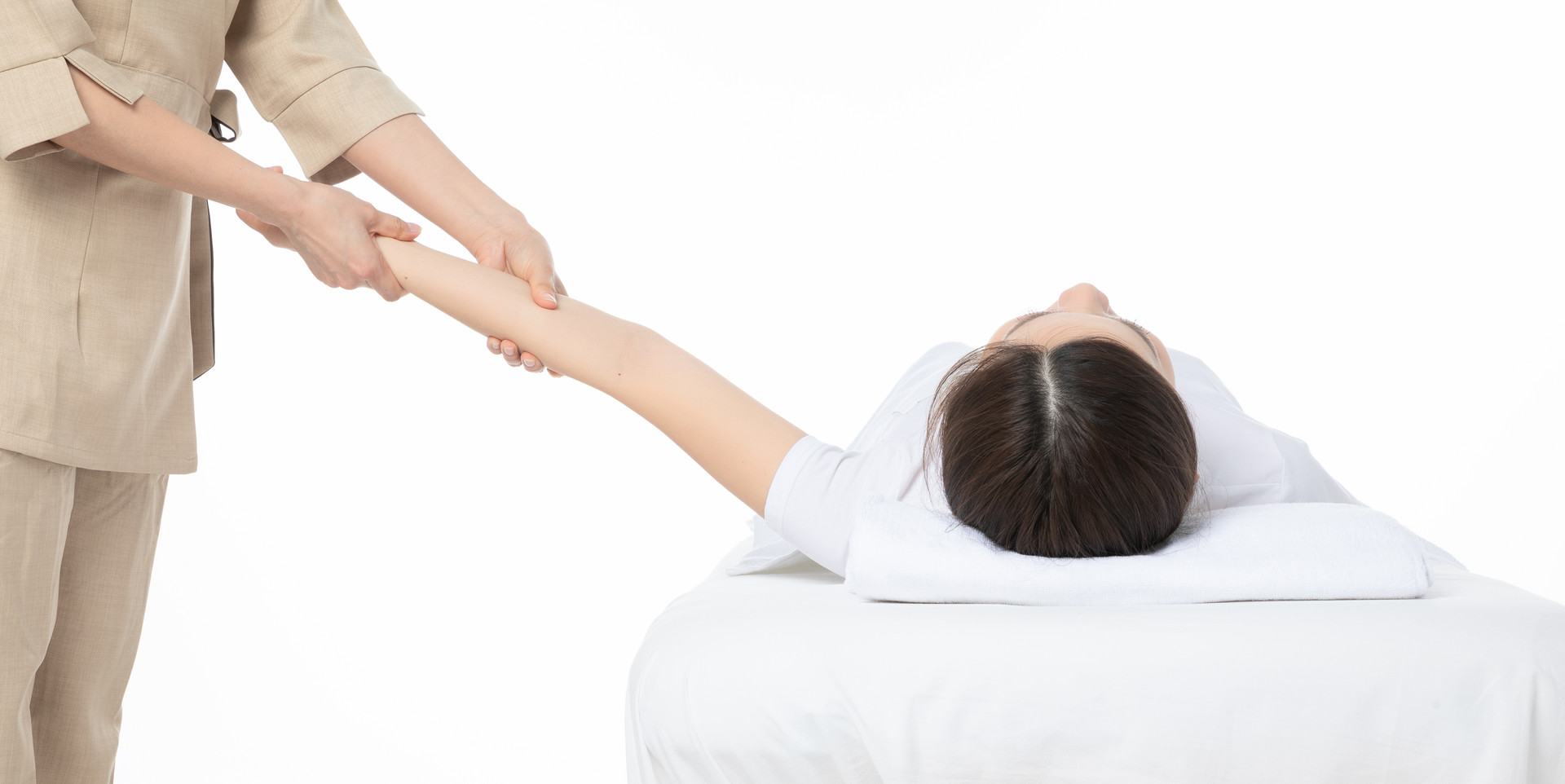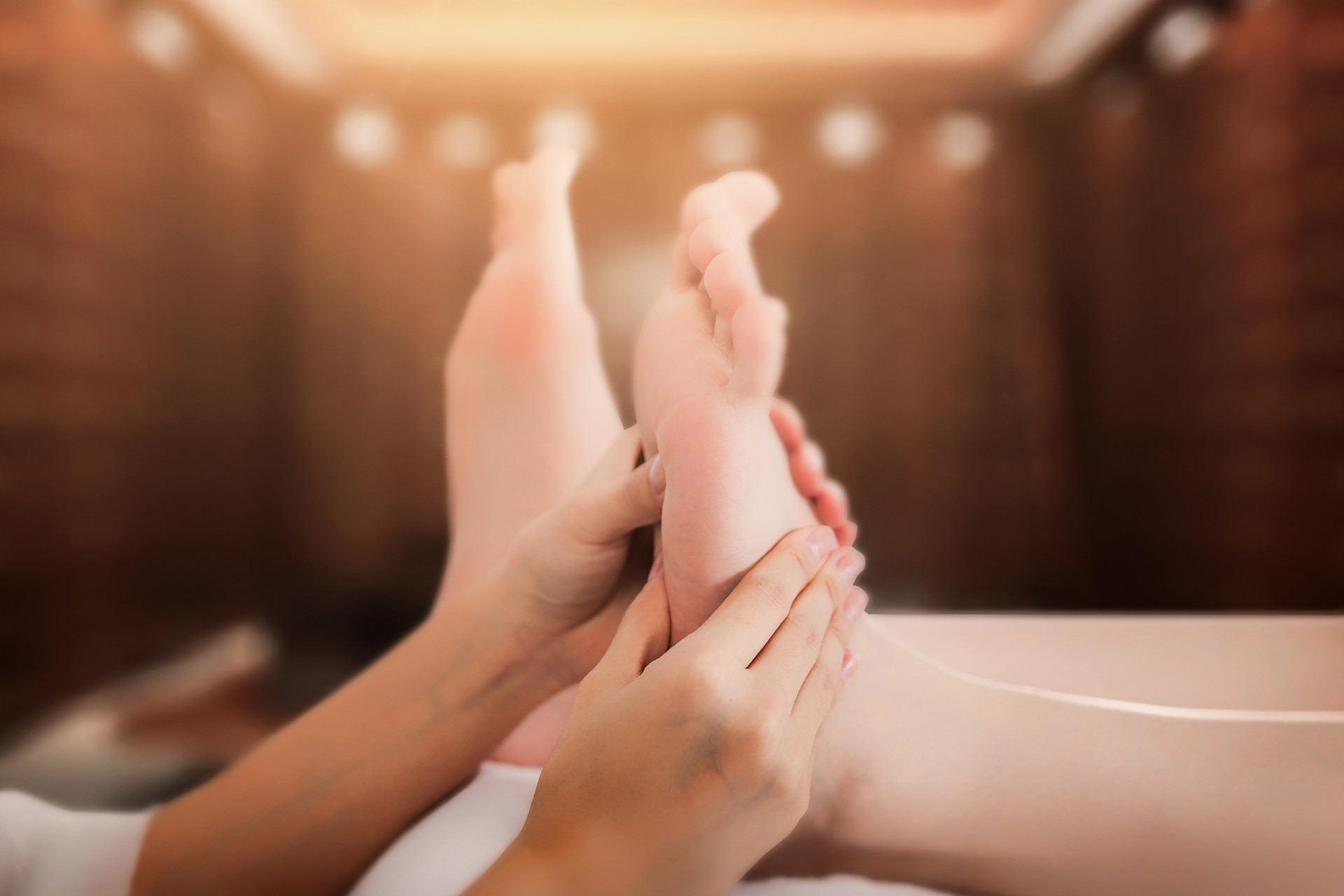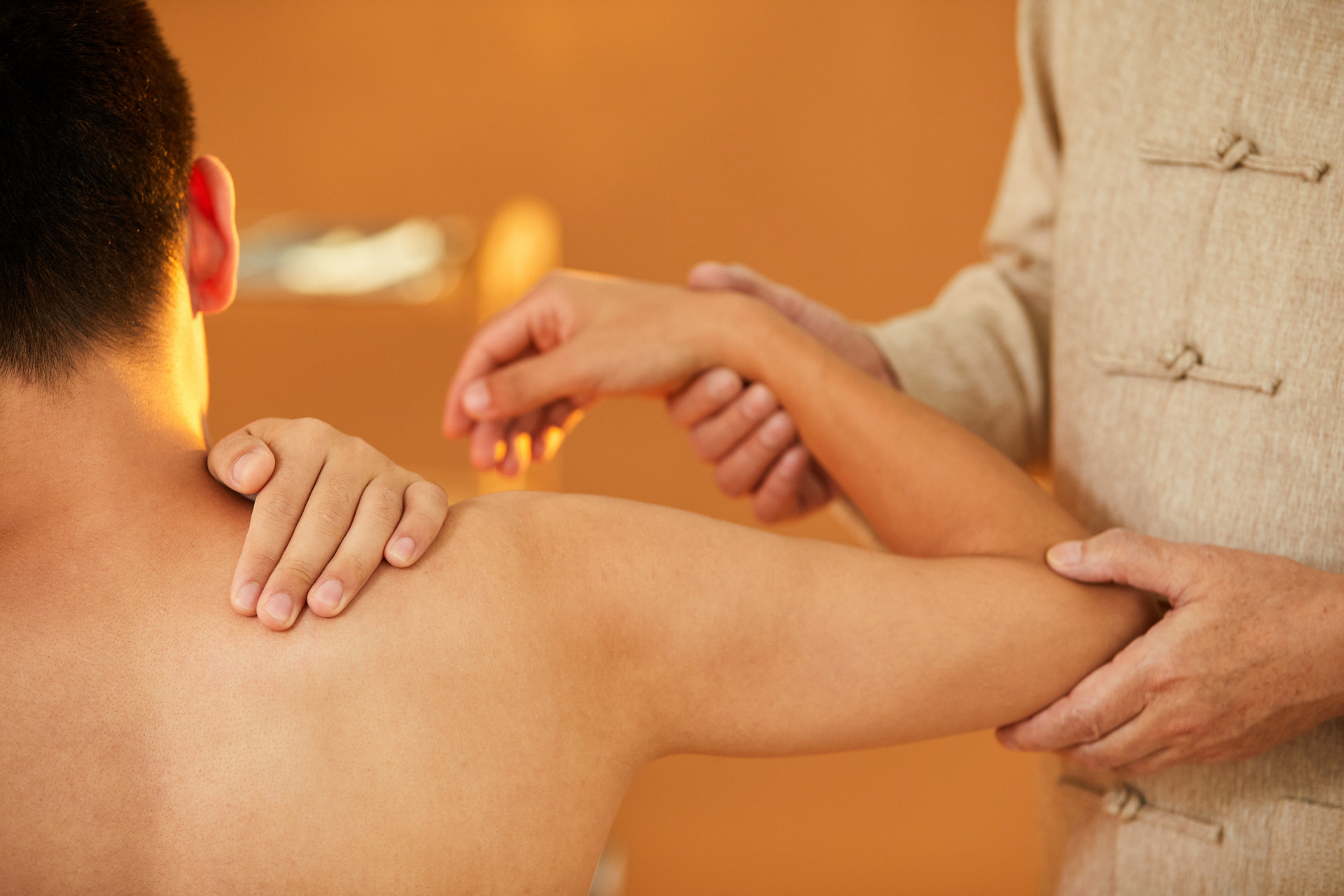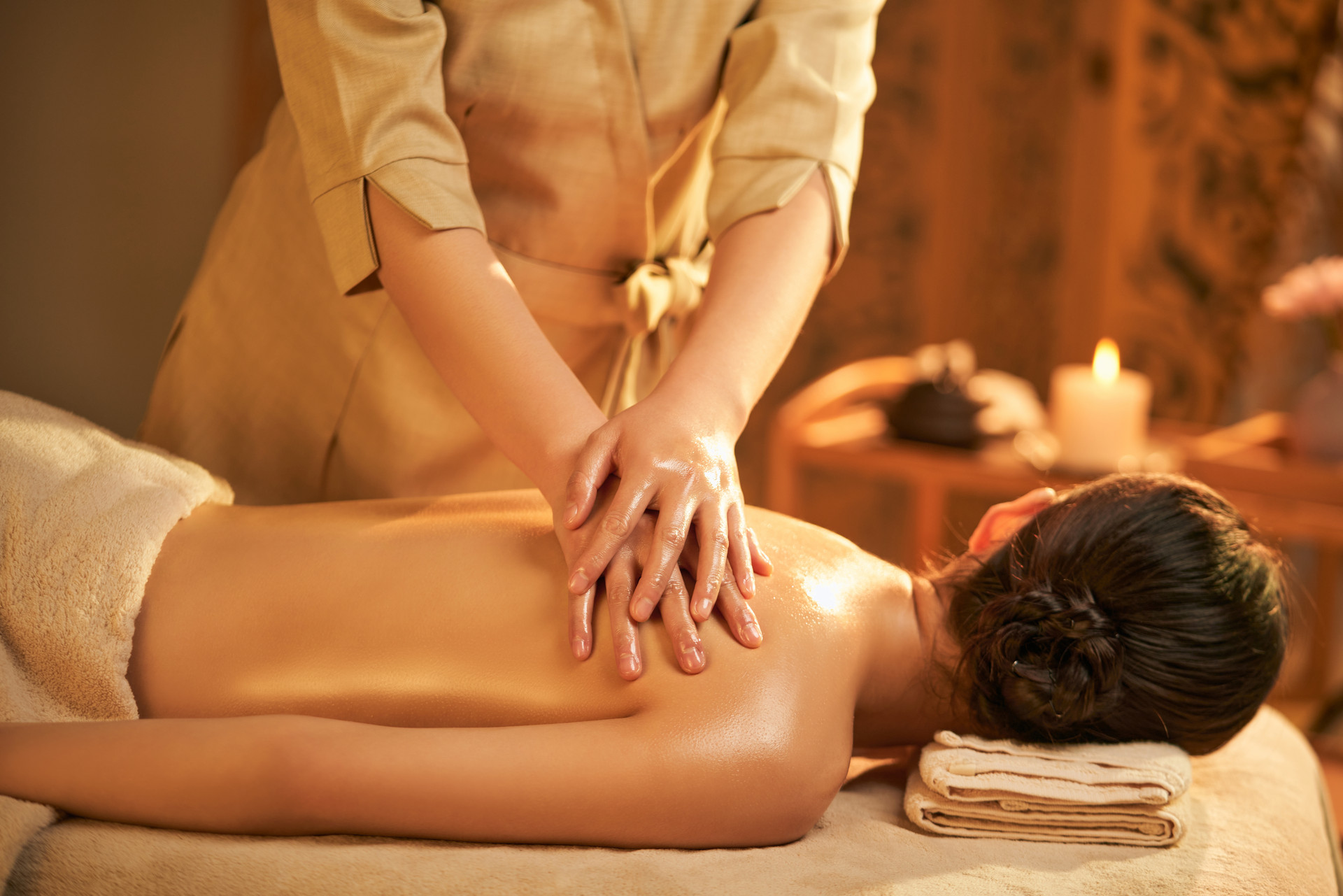In addition to using the fourteen meridians and extraordinary points, pediatric tuina also has many specific acupoints. These acupoints are not only in "point" shape, but also in "line" and "area" shape, which is one of its characteristics. Many acupoints are concentrated in both hands, as the saying goes, "the hundred meridians of children converge in the palms", which is another characteristic.
This article focuses on introducing the location, manipulation methods, frequency (time), indications, and clinical applications of pediatric tuina acupoints. The "frequency" mentioned here only represents the reference for clinical treatment of infants aged 6 months to 1 year. During diagnosis, it should be adjusted according to the age, physical strength, and severity of the child's condition.
When treating acupoints on the upper limbs, there is generally no distinction between male and female, and only one hand is used for manipulation. It is customary in clinical practice to perform tuina on the left hand (or right hand). The usual sequence of pediatric tuina manipulation is to start with the head and face, followed by the upper limbs, then the chest and abdomen, the lower back, and finally the lower limbs. The sequence can also be determined based on the condition or the position of the child.
However, for acupoints that are more sensitive to pain or have stronger stimulating techniques, they are generally manipulated last to facilitate the cooperation of the child.


Acupoints on the Head and Face
【Zuan Zhu (Tian Men)】
Line-shaped acupoint.
Location: In the middle of the eyebrows to the front hairline, forming a straight line.
Manipulation: Alternately push upward with both thumbs, called Zuan Zhu or Kai Tian Men (Figure 201).

Frequency: 30-50 times.
Indications: Cold, fever, headache, mental fatigue, restlessness, etc.
Clinical application: ① It is one of the common techniques in pediatric tuina (combined with pushing Kan Gong and kneading Da Yang), and can be used for external and internal diseases; ② In case of restlessness and irritability, it can be combined with clearing the liver meridian, pressing Bai Hui, etc.
【Kan Gong (Yin Yang)】
Line-shaped acupoint.
Location: From the brow to the brow end, forming a horizontal line.
Manipulation: Push inward with both thumbs from the brow center to the brow end, called Kan Gong or Fen Yin Yang (Figure 202).

Frequency: 30-50 times.
Indications: External fever, headache, eye redness.
Clinical application: ① It is one of the common techniques in pediatric tuina, and can be used for external and internal diseases; ② In case of eye redness and pain, it can be combined with clearing the liver meridian, pinching Xiao Tian Xin, clearing Tian He Shui, etc.
【Tai Yang】
Combination of point and line acupoint.
Location: The depression behind the brow.
Manipulation: ① Scratch inward with both thumbs alternately from front to back, called Tai Yang; ② Knead or press with the fingertip of the middle finger, called Rou Tai Yang or Yun Tai Yang (Figure 203).

Frequency: 30-50 times.
Indications: Headache, fever, eye redness and pain.
Clinical application: ① It is one of the common techniques in pediatric tuina and can be used for external and internal diseases; ② In addition to pushing and kneading, for eye redness and pain, acupuncture or bloodletting can be added to enhance the therapeutic effect.
【Ren Zhong】
Location: The groove under the nose, at the junction of the upper 1/3 and 2/3.
Manipulation: Pinch with the thumbnail, called Qin Ren Zhong.
Frequency: 3-5 times or stop as soon as the child wakes up.
Indications: Convulsions, fainting, seizures.
Clinical application: Mainly used for emergency treatment. When the child is unconscious, convulsing, or having seizures, it can be combined with pinching Shi Xuan, pinching Lao Long, etc.
【Ying Xiang】
Location: Five points beside the nostrils, in the groove between the nose and upper lip.
Manipulation: Rub with the index and middle fingers, called Rou Ying Xiang.
Frequency: 20-30 times.
Indications: Nasal congestion, runny nose.
&
| 1 2 > >> >>|







